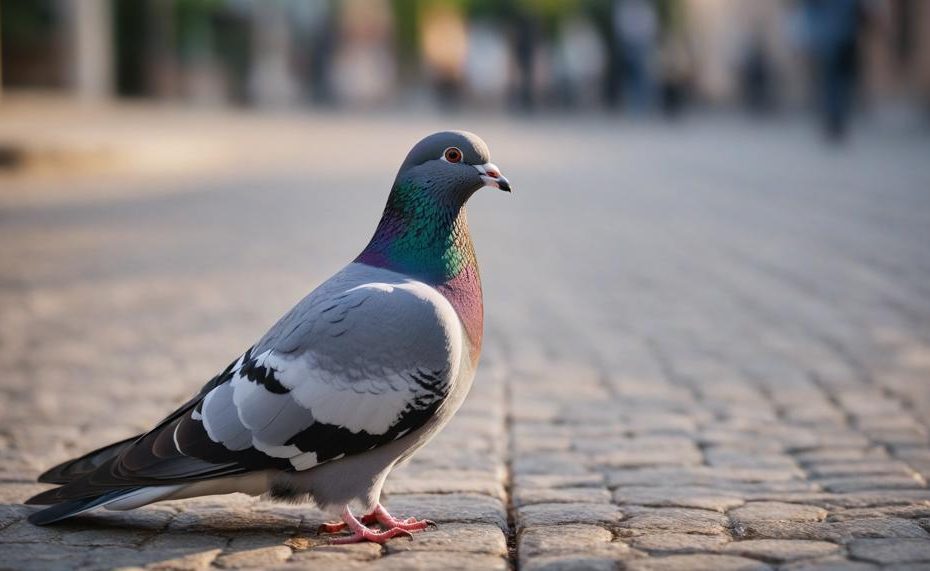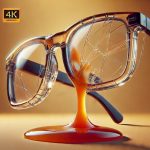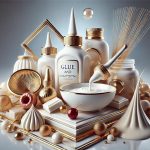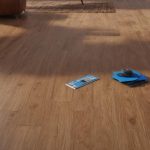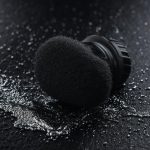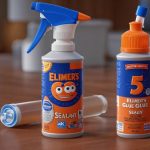Ever wondered what happens when you mix glue with water? Let’s dive in and explore the fascinating reaction and its implications. Here’s a snapshot of the key outcomes:
- Chemical Reaction: Combining glue with water initiates a chemical reaction, altering its properties significantly.
- Consistency Changes: Depending on the glue type and water amount, the mixture can range from a thick paste to a runny liquid.
- Type-Specific Reactions:
- PVA Glue: Water-soluble, it loses adhesive strength in water.
- Superglue: Surprisingly, it can become stronger with moisture.
- Polymer Behavior: Adding water can swell the polymers in the glue, thickening it initially, but too much water leads to a runny and ineffective mixture.
- Breakdown of Polymers: Excessive water breaks down long polymer chains, diminishing the glue’s sticking power.
Table of Contents
- 1 The Effect of Water on Glue
- 2 Different Types of Glue and Their Solubility in Water
- 3 How Dissolving Glue in Water Affects Its Adhesive Properties
- 4 How Adding Water to Glue Can Change Its Viscosity
- 5 How Adding Too Much Water Can Affect the Adhesive Properties of Glue
- 6 Using Diluted Glue for Different Applications
- 7 Conclusion
The Effect of Water on Glue
When glue is exposed to water, its properties can change significantly depending on the type of glue. Here’s a detailed look at these changes:
| Type of Glue | Effect of Water | Explanation |
| PVA (Polyvinyl Acetate) Glue | Becomes weaker, dissolves | PVA glue, commonly known as white glue, is water-soluble. Exposure to water causes the glue to dissolve, losing its adhesive strength. This happens due to hydrolysis, where water breaks down the polymer chains in the glue. |
| Superglue (Cyanoacrylate) | Strengthens initially, then weakens | Superglue can initially bond faster and stronger in the presence of a small amount of moisture. However, prolonged exposure to water can cause the bond to weaken as it breaks down the adhesive over time. |
| Epoxy | Resistant, but can degrade | Epoxy adhesives are generally water-resistant once cured, but prolonged exposure to water can cause some degradation. The extent of degradation depends on the formulation of the epoxy. |
| Hot Glue | No significant effect when set | Hot glue, when cooled and set, is not water-soluble and remains largely unaffected by water. However, hot glue may lose its adhesive properties in extreme moisture conditions. |
| Animal Glue | Dissolves | Animal glues, such as hide glue, dissolve in water. This characteristic makes them useful in applications where reversible bonding is desired, like in woodworking and instrument making. |
- Hydrolysis: This chemical process occurs when water breaks down the bonds in a substance. In glues like PVA, hydrolysis weakens the glue by breaking down the polymer chains, causing it to lose its bonding strength and dissolve.
- Dilution and Composition Change: When water is added to glue, it can change its chemical composition. For instance, mixing glue with water results in a new mixture with different properties. The extent of change depends on the glue type and water amount. This can range from a thicker paste (due to polymer swelling) to a runny liquid (if the polymer chains are broken down too much).
- Application-Specific Effects: Understanding how water affects glue is crucial for various applications. For example, diluted glue can be used in paper mache or decoupage, but excessive water can make the glue too thin, reducing its effectiveness. In some cases, like with superglue, a small amount of moisture can initially strengthen the bond, but long-term exposure will weaken it.
In summary, water can have diverse effects on glue, from weakening and dissolving to, in some cases, initially strengthening the adhesive bond. Knowing these effects is essential for choosing the right glue for specific applications and ensuring durable bonds.
Different Types of Glue and Their Solubility in Water
When it comes to glue, its solubility in water plays a crucial role in determining its suitability for various applications. Here’s a detailed breakdown of different types of glue and how their solubility in water affects their behaviour when exposed to it:
| Type of Glue | Chemical Composition | Solubility in Water | Effect When Exposed to Water |
| PVA Glue (Polyvinyl Acetate) | Polyvinyl acetate emulsion | Highly soluble | Rapidly dissolves in water, losing adhesive properties. Ideal for projects requiring easy disassembly or repositioning. |
| Epoxy Glue | Epoxy resin and hardener | Insoluble | Does not dissolve in water, maintaining strong adhesive properties. Suitable for waterproof applications. |
| Superglue (Cyanoacrylate) | Cyanoacrylate | Insoluble | Waterproof and becomes stronger upon exposure to moisture. Not suitable for projects requiring removal. |
| Animal-Based Glue (Hide/Fish Glue) | Protein-based | Moderately soluble | Dissolves in warm water, making it useful for woodworking and bookbinding. Can be easily cleaned or removed. |
| Fabric Glue | Varied, often includes water-based acrylic | Moderately soluble | Partially dissolves in water, which can weaken the bond. Suitable for temporary fabric projects. |
| Solvent-Based Glue | Varies (e.g., rubber cement) | Insoluble | Does not dissolve in water, maintaining its strength and flexibility. Ideal for projects exposed to moisture. |
| Starch-Based Glue | Starch and water | Highly soluble | Easily dissolves in water, losing adhesive strength. Commonly used in paper crafts and children’s projects. |
How Dissolving Glue in Water Affects Its Adhesive Properties
Dissolving glue in water significantly impacts its adhesive properties. When glue is dissolved in water, it spreads more evenly across surfaces, enhancing its ability to form strong bonds.
The water acts as a medium, facilitating better interaction between the glue and the surfaces it adheres to. This results in improved adhesion and a more secure attachment. Here’s a detailed look at how this process works:
Key Impacts of Dissolving Glue in Water on Adhesive Properties
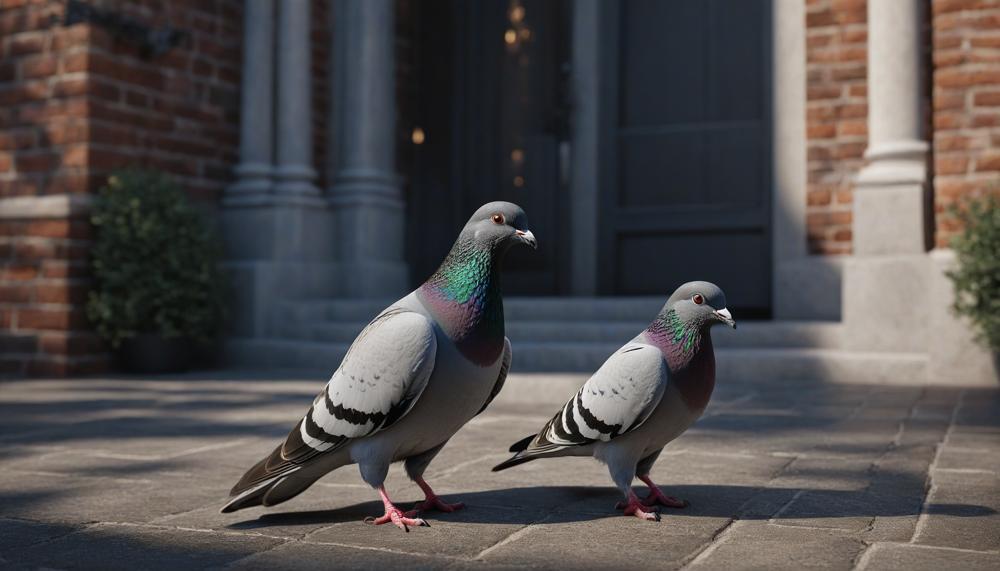
| Aspect | Impact | Explanation |
| Spreading Ability | Enhanced | The glue dissolves in water, allowing it to spread thinly and evenly, covering more surface area and creating a uniform adhesive layer. |
| Adhesion Strength | Improved | Water acts as a carrier, helping the glue penetrate and bond with surface materials more effectively. |
| Bond Formation | Strengthened | The interaction between water and glue molecules facilitates stronger intermolecular forces, resulting in a more durable bond. |
| Application Versatility | Increased | Dissolving glue in water makes it more adaptable for various surfaces and conditions, enhancing its utility in different scenarios. |
| Cleanup | Easier | Water-dissolved glue can be easily cleaned up or repositioned if needed, offering greater flexibility in application. |
How Adding Water to Glue Can Change Its Viscosity
When water is added to glue, it directly influences its viscosity, or thickness and flow characteristics. This phenomenon primarily depends on the type of glue and the amount of water introduced.
| Glue Type | Effect of Adding Water | Application |
| PVA (Polyvinyl Acetate) Glue | Water acts as a solvent, making the glue thinner and less viscous. This allows it to spread more easily and penetrate surfaces better. | Ideal for paper crafts, decoupage, and light woodworking projects where a smoother application is desired. |
| Epoxy Glue | Since epoxy is water-resistant, adding water can disrupt its curing process, leading to weaker bonds and a runny consistency. | Best avoided. Instead, use appropriate solvents designed for epoxy thinning. |
| Cyanoacrylate (Super Glue) | Adding water can accelerate the curing process, resulting in a rapid set but potentially less control over application. | Useful in situations where a fast bond is required, but precision is less critical. |
How Adding Too Much Water Can Affect the Adhesive Properties of Glue
Adding too much water to glue significantly impacts its adhesive properties. Here’s how:
Dilution of Chemicals: Glue contains specific chemicals responsible for its bonding strength. Excessive water dilutes these chemicals, leading to a weaker bond. This dilution reduces the concentration of the adhesive components, diminishing their effectiveness.
Extended Drying Time: The presence of too much water increases the drying time of glue. This happens because the excess water needs to evaporate before the glue can set properly, delaying the bonding process.
Reduced Bond Strength: The weakened chemical concentration means the glue doesn’t adhere as strongly. This can cause the glued materials to separate more easily, reducing the durability of the bond.
Compromised Surface Quality: Too much water can cause the glue to spread too thinly, resulting in an uneven application. This can affect the surface finish, making it look less smooth and professional.
Poor Penetration: While a small amount of water helps glue penetrate surfaces better, too much water can prevent proper penetration, leading to superficial bonds that do not hold up well under stress.
Using Diluted Glue for Different Applications
Diluted glue finds its versatility across a myriad of applications, each benefiting from its modified properties:
Paper Mache
Diluting PVA glue with water creates an ideal adhesive for paper mache.
This mix is easy to apply, penetrates paper layers effectively, and dries to a strong, durable finish.
Decoupage
In decoupage, diluted glue acts as both an adhesive and a sealant.
It smoothly adheres paper or fabric to surfaces and, once dry, can be layered to provide a protective, glossy coating.
3D Projects
For 3D crafting, such as creating models or sculptures, diluted glue ensures fewer air pockets and a more uniform bond between different materials, enhancing the project’s structural integrity.
Customizing Glue Mixtures
Adding elements like glitter or dye to diluted glue can personalize projects.
This is particularly useful in decorative crafts where visual appeal is crucial.
Combining with Other Media
Diluted glue can be mixed with acrylic paints or fabric dyes to create unique textures and effects in art projects, offering both adhesive and aesthetic benefits.
Storage Tips
To maintain its usability, store diluted glue in a well-sealed container. Shake or stir before each use to ensure consistency.
Conclusion
Adding glue to water creates a fascinating array of reactions, each varying depending on the type of glue used. Here’s a detailed look at what happens:
Chemical Reactions and Consistency Changes
When glue meets water, a chemical reaction ensues. The properties of the glue change dramatically based on its type and the amount of water added. For example, PVA glue, commonly known as white glue, dissolves in water, losing its adhesive power. Conversely, superglue can initially strengthen in the presence of moisture but weakens with prolonged exposure.
Polymer Behavior and Breakdown
Polymers in glue react uniquely to water. Adding water can cause these polymers to swell, thickening the glue initially. However, too much water can break down these long polymer chains, making the glue runny and less effective. This is particularly noticeable with PVA glue, where hydrolysis occurs, breaking down the glue’s adhesive properties.
Type-Specific Reactions
Different glues respond distinctively to water:
- PVA Glue: Dissolves and weakens due to hydrolysis.
- Superglue: Bonds faster and stronger with a little moisture but deteriorates with prolonged exposure.
- Epoxy: Generally water-resistant once cured but can degrade over time.
- Hot Glue: Remains largely unaffected by water once set.
- Animal Glue: Dissolves in water, useful for reversible bonding in woodworking and instrument making.
Practical Applications and Considerations
Understanding these reactions is crucial for various applications. For instance, diluted glue can be handy for paper mache or decoupage, while too much water can make it ineffective. Knowing how each type of glue reacts with water ensures you choose the right adhesive for your project, ensuring durability and effectiveness.
In essence, adding water to glue can either enhance or diminish its properties.

